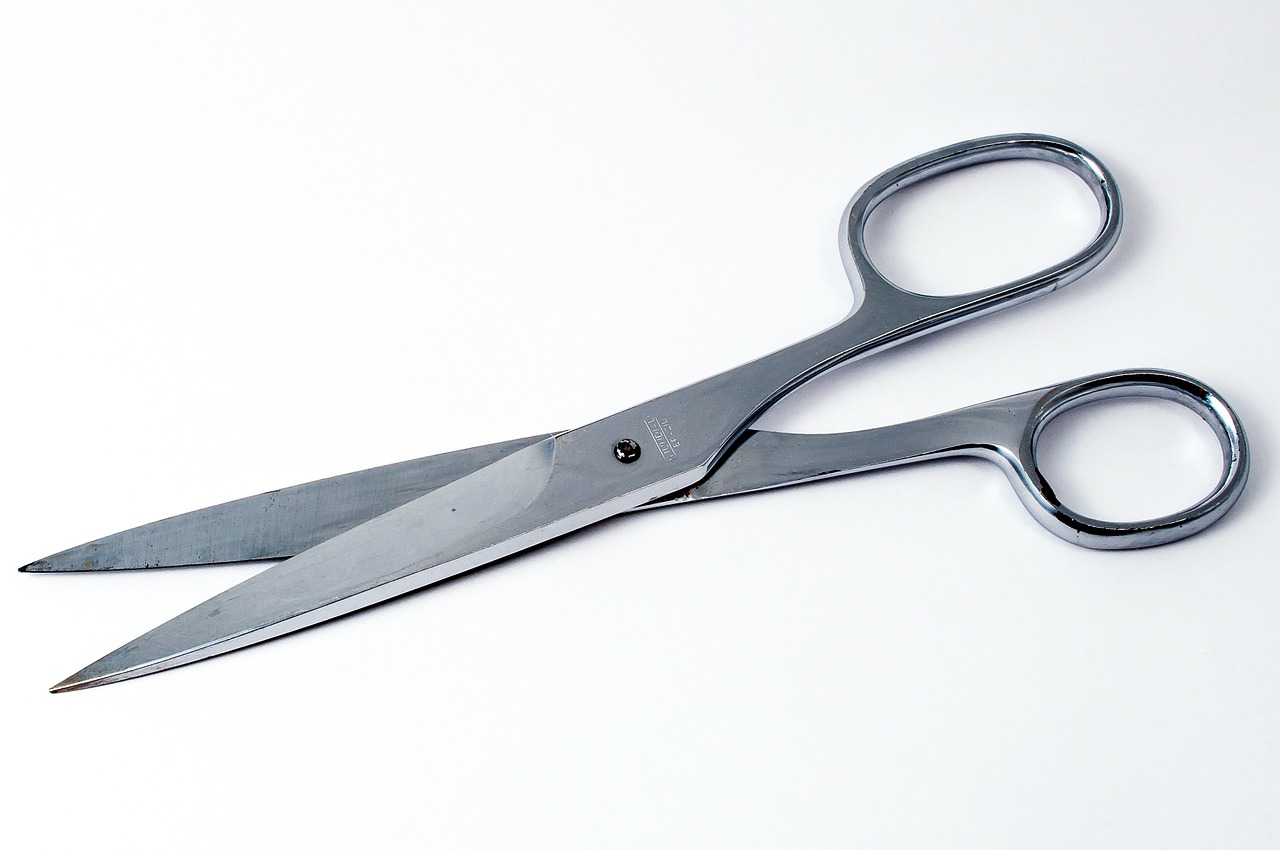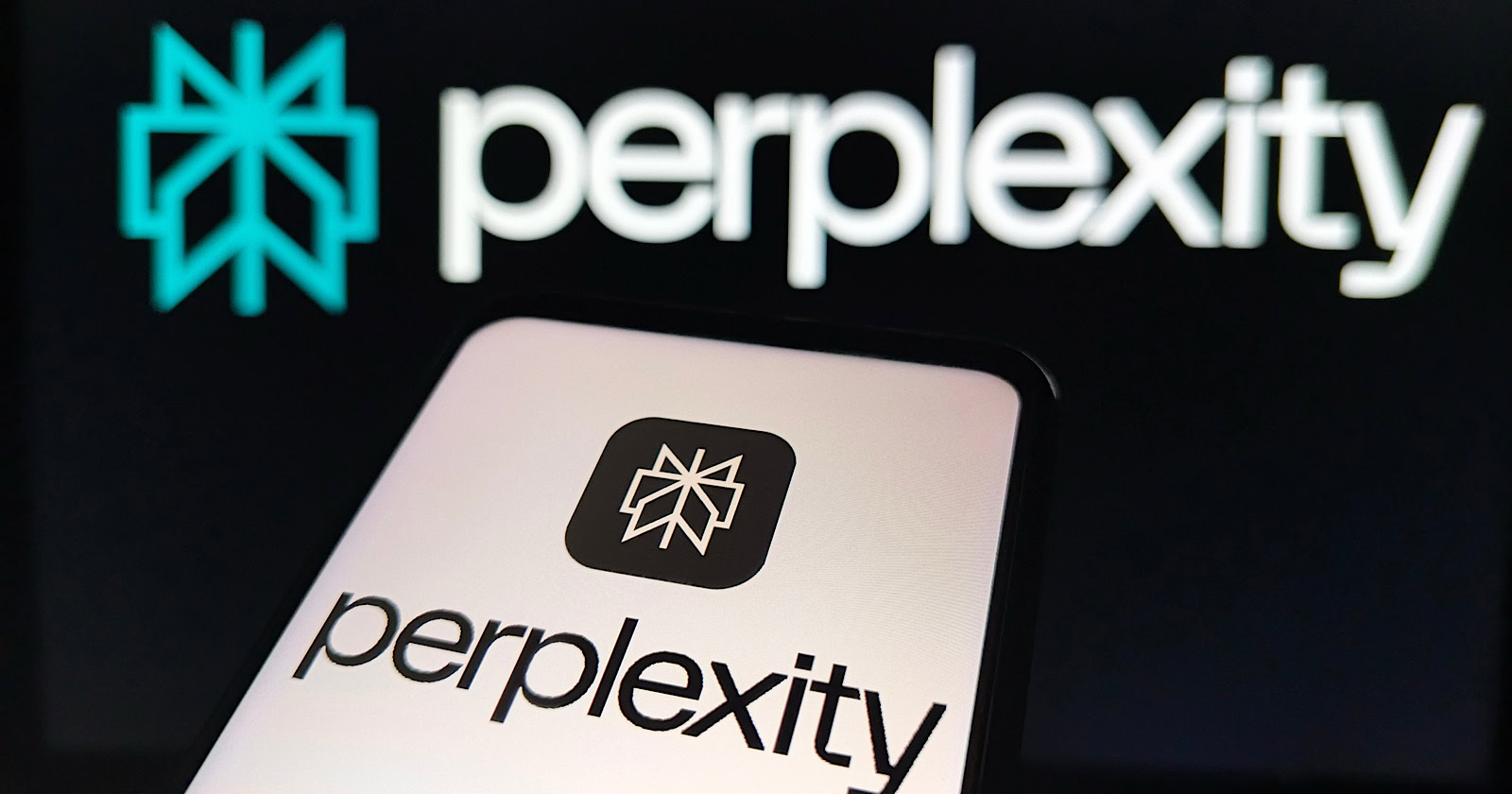Cord Cutting Is the Demise of Cable TV: How Can It Make a Comeback?
Ahh, the cable TV. What was once our only way of consuming entertainment, news, sports, and other live events, is slowly dying down. Sure, you may still have a cable TV subscription at your home, but we can almost...

Ahh, the cable TV. What was once our only way of consuming entertainment, news, sports, and other live events, is slowly dying down.
Sure, you may still have a cable TV subscription at your home, but we can almost guarantee that you will become a serial Cord cutter in the next year or so.
According to a survey by Statista, In March of 2021, 74 million households in the US paid for cable TV. However, this number will drop below 70 million in just a few years.
We’re not making this up!
COVID accelerated the cord-cutting trend that was slowly already underway. In 2020, the cancellation rate of cable TV subscriptions was 15%. In 2021, that number nearly doubled.
Want more damning evidence that cable TV is dying?
According to a survey by The Trade Desk, 27% of U.S. households said that they’ll cancel their Cable TV package by the end of this year.
Currently, roughly two-thirds of U.S. households still use cable networks. That’s a significant decline if you consider that in 2012, 93% of U.S. households had access to cable.
In the current post COVID era, the masses are increasingly shifting their attention to streaming services. All of this is evident from the massive shift in view time.
If we talk about view time, which is simply the amount of time spent watching television, the view time of streamers is now 68%, whereas traditional TV’s view time is only 28%.
Video content delivery is changing drastically each day. OTT (“over-the-top”) industry is rapidly evolving to meet the needs of viewers who prefer watching content anytime, anywhere, on any device, on the go. This is exactly what OTT services like Netflix, Hulu, HBO Max, and others are offering.
How Crippling is Cord-Cutting for the Cable TV Industry?
According to statistics, cord-cutting will cost cable TV companies a loss of $5.5 billion in revenue in just a single year.
By 2026, estimates show that the total number of pay-TV subscribers in North America will be 74 million. Although a healthy number, if you look closely, this is a loss of around 43 million subscribers if you consider statistics from 2010 to 2026.
Due to dropping viewership numbers, Total TV ad spendings dropped by around 15% in 2020 to roughly $60 billion. This is the lowest-ever number that the industry has ever seen since 2011.
According to the recent market forecast by Kagan, cable TV companies will suffer a loss of $33 billion in the coming next four years. Based on the same forecast, by 2025, the revenue of cable TV providers will plummet by $64.7 billion.
Based on the numbers, the cable TV industry is not doing too well. The cable TV subscriptions are in a virtual free-fall at the moment.
What Are Cord-Cutters Spending Their Money On?
While cord-cutting has its own fair share of issues, people are still happily shifting to OTT services. By issues we obviously mean geo-restrictions. But as howtowatchchannel suggests, accessing channels like NBC, Oxygen TV, Peacock TV, and other regionally blocked channels is relatively easy.
With a cheaper subscription price, more content, and the freedom to watch any content anywhere, it’s no wonder why OTT services are gaining popularity over traditional cable TV.
According to research conducted by Parks Associates, cord-cutters spend around $85/mo on streaming services, which is roughly $30 less than what they would spend on traditional cable TV subscriptions.
The study also found that 47% of all cord-cutters subscribe to more than one OTT service to make sure they don’t miss out on anything. On average, cord-cutters subscribe to 4 streaming services.
Streaming popular shows that only get aired on a particular streaming service draws nearly 78% of cord-cutters to subscribe to a new service just so they can watch one particular movie, show, or program.
The OTT online streaming industry will be worth a whopping $124.6 billion by the year 2025. Some of the most popular streaming services in the world are:
Netflix.Disney+ HuluHBO MaxYouTube TVStarzESPN+Prime VideoWhat Are the Threats to the Cable TV Industry?
Cable TV providers are on the brink of extinction. But that wasn’t always the case. So what really happened.
Well, as we see it, the cable TV industry has become a threat to itself. With extravagant profit margins, major players in the business never consider anyone as a threat. Hence, never innovated or evolved with time.
This approach led to the birth of OTT services, which are now leaning over television network providers.
Another major reason why television companies lost so many subscribers over the years is because of their limited content catalog. Companies deliberately hide content that consumers actually want to watch in order to charge a premium for it. This used to work in the past and companies such as Direct TV made a lot of money because of it. However, with streaming becoming more popular and offering a lot more content, consumers are ditching cable networks.
These threats may sound like there is no hope for cable TV providers, however, there is still a lot that can be done.
An Industry in Disarray – What Can Cable TV Providers Do From Going Instinct?
Cable TV providers can still make a comeback. Sure it is difficult to change, however, the cable television industry must innovate. Otherwise, they won’t be able to survive.
So here’s how cable TV providers can resurrect:
Revamp existing business models:
Cable companies can purchase a streaming service that’s performing well. Believe it or not, cable TV providers still make millions of dollars in revenue. American cable TV providers generated 92.44 billion U.S. dollars in revenue in 2019.
Now you must be thinking, why don’t they make their own streaming service?
Well, the risk would be too high. Developing a streaming service from scratch could mean sinking millions of dollars. With no sure-shot guarantee that a brand new streaming service would work, it would be a much better approach to acquire an existing one.
There are already rumors that Hulu will be purchased by some cable TV provider. Time Warner Cable and DirecTV have both made bids already.
Purchase exclusive rights to trending shows:
Making something exclusive always attracts consumers – especially when there’s hype around it. For example, The Mandalorian can only be streamed on Disney+. Disney holds exclusive rights to the show.
Cable TV companies could benefit from this approach. By purchasing exclusive rights to television shows, they can air it exclusively on their streaming networks.

 Aliver
Aliver 
































